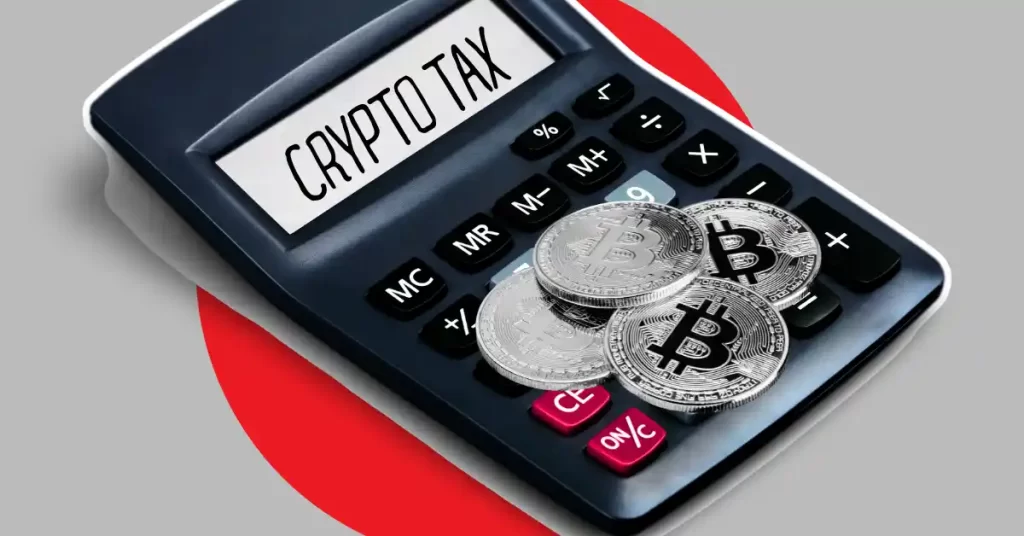ARTICLE AD BOX

The post Why XRP Price is Not Surging? appeared first on Coinpedia Fintech News
XRP was one of the biggest crypto winners after the U.S. election in 2024, so why has the price stalled since then?
Between November 5 and December 2, 2024, XRP surged an astonishing +445.15%, delivering a monthly return of +281.7% in November alone. However, despite major milestones like the SEC settlement and improved political outlook, XRP has since traded sideways, leaving many wondering what’s holding it back.
This has raised serious concerns about XRP’s future among traders and analysts.
Crypto analyst Jose Luis Cava pointed to Ripple’s tight control over XRP’s supply and market structure as major reasons behind the stagnation.
XRP Market Analysis: A Closer Look
In the past year, XRP has seen a remarkable growth of 436.6%, outperforming top cryptocurrencies like Bitcoin and Ethereum. One of the major catalysts behind this surge was the political shift in the U.S., which proved favorable to Ripple. In just the first 27 days after election day, XRP surged by at least 445.15%.
The year 2025 has been significant for XRP. After a prolonged legal battle, Ripple settled with the SEC, paving the way for increased adoption and potential growth. But despite these developments, XRP has largely traded sideways since the post-election rally in November 2024.
In terms of quarterly performance, Q1 2025 saw a modest return of +0.45%, a decline compared to Q1 2024’s +2.37%. The second quarter of 2025, however, showed improvement with a return of +7.12%, a stark contrast to the -25% return in Q2 2024. So far this quarter, the market has jumped by 4.08%, reaching $2.33.
Ripple’s Control Over XRP: A Stumbling Block?
Renowned cryptocurrency analyst Jose Luis Cava has alleged that XRP’s market behavior is heavily influenced by one dominant hand. He argues that such control restricts organic price action, making it difficult for the market to move naturally based on demand and supply.
It’s a fact that a large portion of XRP is still held by Ripple Labs. Initially, the company controlled about 80% of all XRP tokens. Although that figure has decreased over time, Ripple still maintains significant control. As of now, around 35% of the total supply is held in monthly escrow, 7% is in Ripple’s direct wallets, and at least 2% is circulating under the company’s control.
Institutional Demand Remains Low
Even though XRP has outperformed BTC and ETH in recent yearly performance, it still lags in terms of institutional demand. Bitcoin and Ethereum continue to dominate due to their wide acceptance and massive institutional backing.
For instance, the total market cap of U.S. Bitcoin spot ETFs stands at $135.50 billion, while that of Ethereum spot ETFs is $9.01 billion. In contrast, XRP spot ETF applications are still pending with the SEC. While some leveraged XRP ETFs are available, a direct spot ETF has yet to be approved. Regulatory decisions are expected by late 2025.
Many believe that XRP’s low institutional interest is rooted in concerns over its centralized control, uncertainty around banking partnerships, and lack of clear real-world use cases.
The Dual-Ledger Controversy
Adding to the debate is XRP’s dual-ledger system. XRP uses both a public XRP Ledger for retail users and a private, permissioned ledger tailored for central banks.
This setup has triggered criticism, especially from crypto purists who see private ledgers as a threat to the core principles of decentralization and transparency. Although there are rumors that Ripple might merge both systems in the future, no official statement has been released confirming this plan.
What’s Next for XRP?
The XRP market is unlikely to break free from its current sideways pattern unless Ripple directly addresses user concerns. Key issues include transparency, real-world adoption, and centralization of token control.
Experts suggest that the XRP community is looking for greater openness, stronger institutional use cases, and a shift towards decentralization before regaining confidence in the asset’s long-term growth potential.
.png)
 3 hours ago
2
3 hours ago
2








 English (US)
English (US)